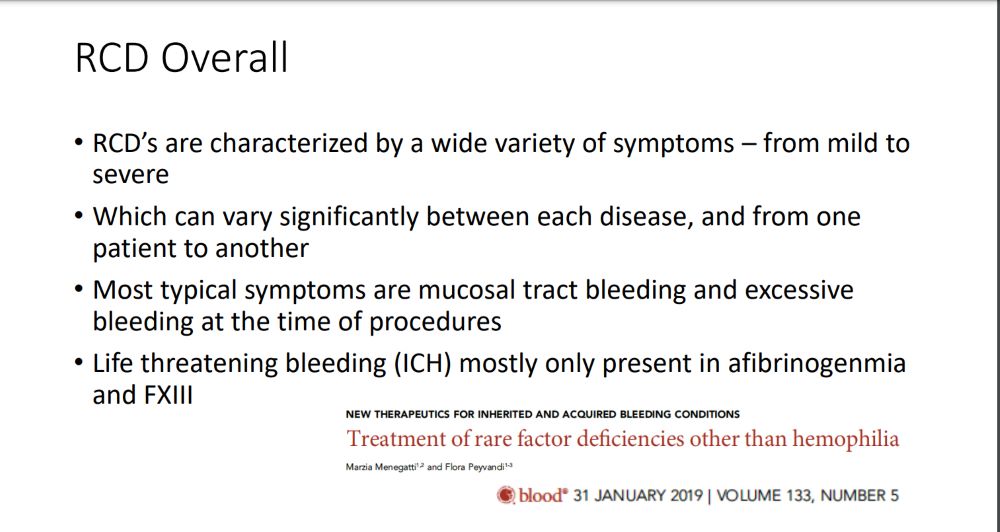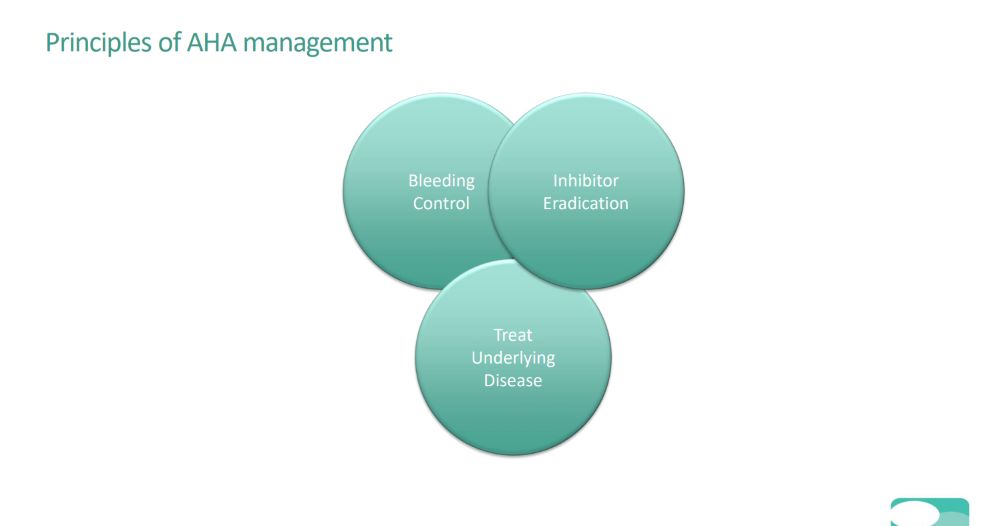STEPHEN MATTHEWS
Stephen Matthews is Clinical Nurse Consultant Haemophilia at the Royal Prince Alfred Hospital, Sydney, NSW
Rare bleeding disorders
Chair ~ Dr Jane Mason
Personal experience ~ Chauntelle, FXIII deficiency
Rare bleeding disorders ~ Dr Sally Campbell
Personal experience ~ Jenny, acquired haemophilia A
Acquired haemophilia ~ Dr Jane Mason
Hereditary Hemorrhagic Telangiectasia ~ Alex Klever

In her Rare Bleeding Disorders presentation, Dr Sally Campbell provided an overview of the rare coagulation disorders.
This incidence of these disorders ranges from 1 in 500,000 to 1 in 2,000,000, with one being extremely rare, and only reported in <30 families worldwide.
For each of the conditions she covered:

As these are rare conditions, not all treatments have factor-specific concentrates available like haemophilia, so fresh frozen plasma is still a mainstay therapy for treatment.
Another important consideration in this group is that factor levels do not necessarily reflect the anticipated bleeding pattern. Therefore, factor levels plus bleeding history need to be taken into account to predict treatment.
Dr Jane Mason gave a presentation on acquired haemophilia and noted that in approximately 50% of cases no cause for the development of acquired haemophilia A can be found.
The three most common causes, however, are underlying malignancy, autoimmune disease and pregnancy.
Typically, most cases are in the older age group (median age 74), with a fairly equal spread between male and females. The 20 to 40 age group is predominantly women and pregnancy related.
She included a table that compared acquired haemophilia with congenital haemophilia and pictures of bleeds typical of acquired haemophilia, which was very useful to show how different the two conditions are.
There was then a discussion on two papers relating to the off-label use of emicizumab (Hemlibra®) in treating acquired haemophilia and Jane’s personal experience in seven patients. With the introduction of emicizumab in the treatment schedule, there was a dramatic reduction in the number of bleeding episodes and use of bypassing agents needed to treat bleeds. The length of hospital admission was also reduced.

In the presentation on hereditary haemorrhagic telangiectasia (HHT), Alex Klever discussed the clinical features of HHT, how it is diagnosed and symptoms. The major symptoms are nose and gastrointestinal bleeding which can lead to anaemia.
The Epistaxis Severity Score is an online tool that evaluates nosebleed severity after answering six questions. This can be used to initiate treatment and then monitor how effective the treatment is. As it is easily available and simple to use, it is a great tool for continued monitoring.
Monitoring of HHT can be time-consuming and invasive. Monitoring can involve blood tests, CT scans, MRI, ultrasound, endoscopy, gastroscopy and capsule endoscopy. Treatment of anaemia can also be time-consuming, especially if blood transfusions are required.
Alex finished her presentation with a discussion of the InHIBIT-Bleed study, which retrospectively reported on the off-label use of bevacizumab (a monoclonal antibody used to treat some cancers) in people with HHT. The report only included 140 patients, but the results are promising. It showed that with bevacizumab therapy haemoglobin levels increased and the epistaxis severity score, blood transfusions and iron infusions all decreased. This has the potential to lead to clinical trials in the future.
Haemophilia Foundation Australia acknowledges the Traditional Owners and Custodians of Country throughout Australia, the land, waters and community where we walk, live, meet and work. We pay our respects to Elders past and present and extend that respect to all Aboriginal and Torres Strait Islander peoples.
Sign up for the latest news, events and our free National Haemophilia magazine